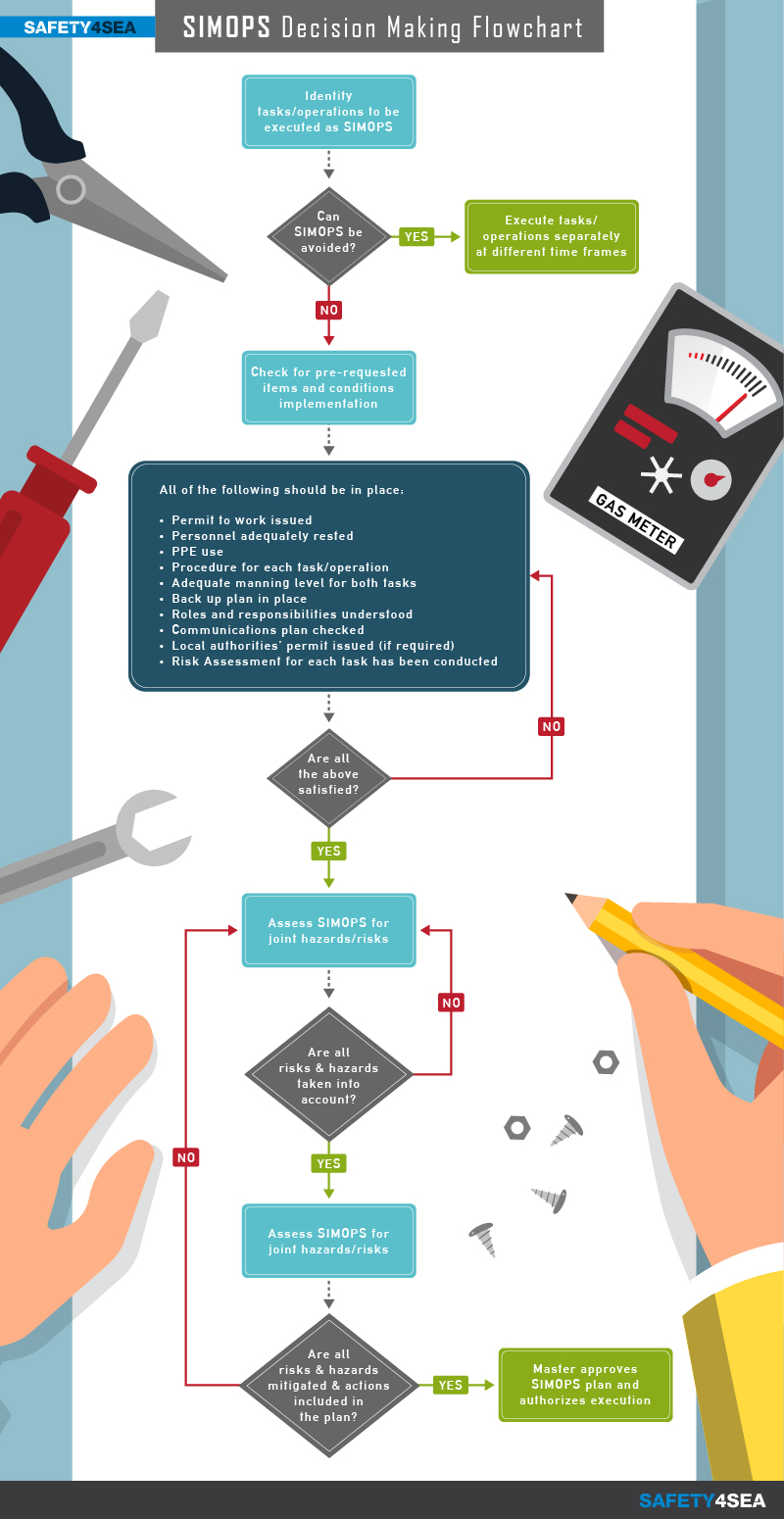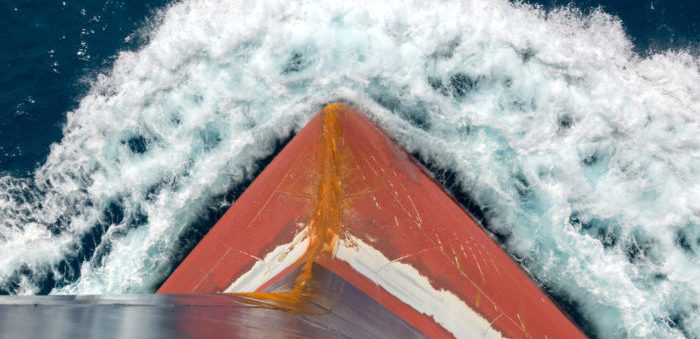Simultaneous Operations (SIMOPS) occur when two or more potentially conflicting activities are being executed in the same location at the same time. SQE Marine Consulting issued a circular advising on a proper SIMOPS risk assessment, which is to be conducted through several dedicated meetings, requiring participation of multidisciplinary attendees by all involved parties.
The resulting combined hazards are to be assessed and proper control measures to be implemented, in order to reduce the related risks to As Low As Reasonably Practicable (ALARP) level. The mitigation actions should be continuously reviewed according to work site progress and their implementation on the area to be continuous monitored.
How to conduct a SIMOPS Risk Assessment
- Identify the combined operations
- Execute Risk Assessment for EACH task separately
- Identify the additional hazards introduced by the SIMOPS;
- Assessing the relevant level of risk;
- Verify the adequacy of the planned control measure;
- Identifying additional risk reduction measure.
Responsibilities
SIMOPS Leader: Simultaneous Operations Leader (S.O.L) is responsible for proper coordination and safe simultaneous interfaces between departments, as well as identification and resolution of any potential impact on other operations. The S.O.L. ensures that all members of the operational teams duly enforce the requirements of this SIMOPS procedure. It is the responsibility of the SOL to follow up to completion of all planned SIMOPS activities and to report to Master any trend or omission, which could potentially jeopardize the planning schedule, work areas, personnel or environment.
Task Supervisor: The safety of SIMOPS operations is much dependent on the general communication, coordination and cooperation between the S.O.L. / Task Supervisors / Team members and other involved personnel. In this respect, and in addition to the usual job preparation, Task Supervisors shall:
- Ensure that their works have been planned and that all involved personnel have been informed of the schedule and any potential constraints and interferences
- Ensure the necessary permits to work are authorised and ready for display at the work site
- Confirm starting time and duration
- Confirm evaluation of potential constraints and interference
- Check that operation and emergency procedures comply with SIMOPS context and to the current schedule of the planned activities
- Ensure that necessary equipment and personnel are available, ready to commence the task
Team Members: The members that are part of each task operation. They should follow the task supervisor instructions, and be briefed prior task/operation initiation. Pre-request items, such as PPE use, experience / training, and fatigue management should be applied to team members prior task/operation.
Actions required
Ship managers should provide clear guidance for combined operations and an effective SIMOPS risk assessment procedure should be in place to enhance safety onboard vessel or offshore units. A step by step thinking procedure should be followed as a guide to safe execution of combined operations. A pre-defined and complete SIMOPS risk assessment library with all relevant combined operations should be issued and forwarded onboard.




































































Excellent News article for SIMOPS Risk Assessment